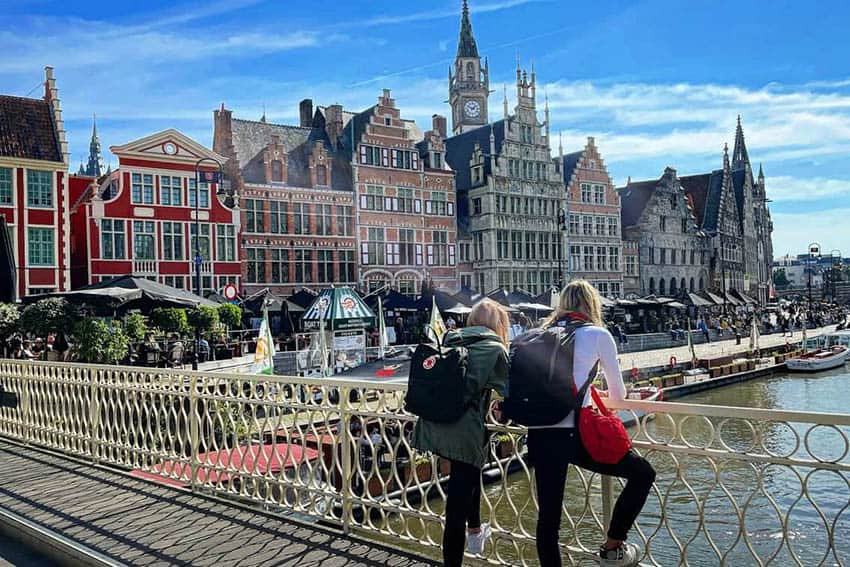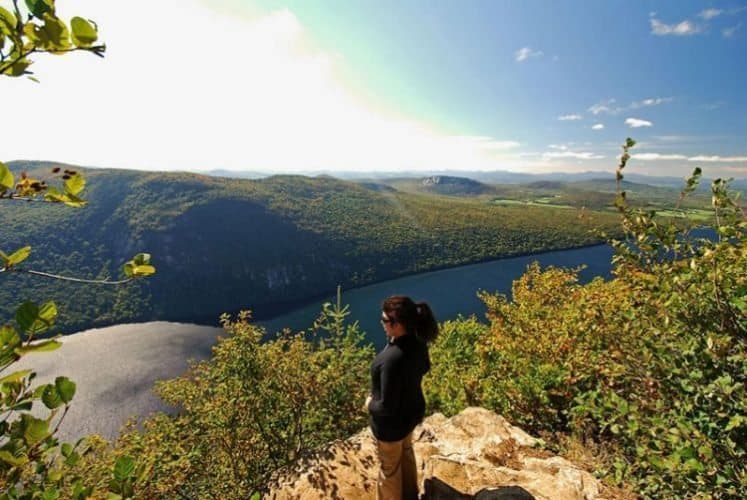
Vermont’s Northeast Kingdom: Bucolic Beauty and Outdoor Adventure
By Esha Samajpati
The remote northeastern corner of Vermont, bordering Canada, consists of the three counties of Essex, Orleans and Caledonia. It was named the Northeast Kingdom in 1949 by the late George Aiken, then US senator from Vermont. A champion of causes of importance for rural America, Aiken found the name befitting to the seclusion and distinctiveness of the area.
In recent times, the area has been named a National Geographic Geotourism Partner and author Patricia Schultz wrote, “This could very well be the most beautiful place in America.” This kind of recognition has helped put the Kingdom on the map.
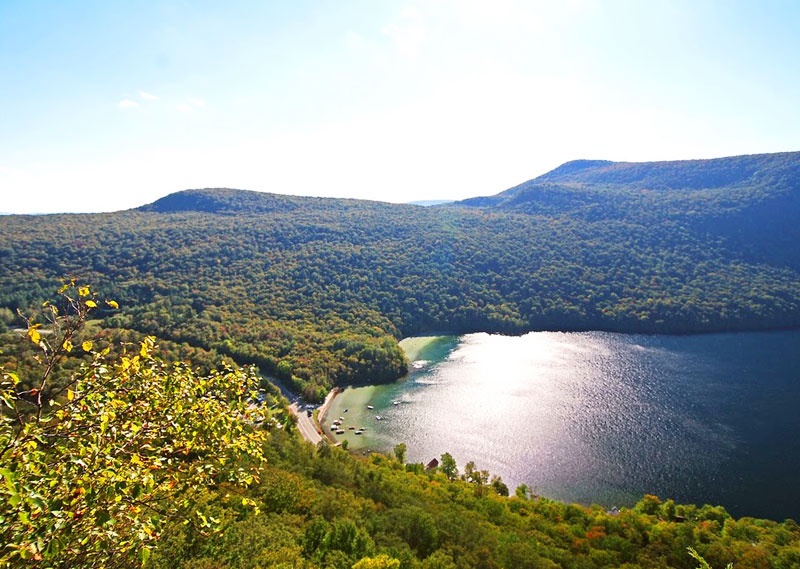
As with the rest of Vermont, the Kingdom conjures up rustic images of red barns, B&Bs, ski resorts, grazing cows, snowmobiles, fall foliage and quiet marriage ceremonies under flowery gazebos.
As my husband and I drove up the scenic route to the Wildflower Inn in Lyndonville, I was somehow sure that there is more to Vermont than meets the eye. The bucolic beauty is just a front. Forget the maple syrup, I smell adventure.
Almost as if on cue, a group of mud-splattered bikers whizzed past us and disappeared into unseen trails, deep into a boreal forest steeped in legends of Indians, loggers and rum-runners.
The Wildflower Inn
Stretching over 570 acres of rolling hills and lush meadows, the Wildflower Inn is a family-friendly country resort. Run by Jim and Mary O’Reilly, the inn exudes warmth and makes you feel at home the moment you arrive.
With a BS in construction engineering under his belt, Jim spent a couple of years as a Peace Corps volunteer building bridges in Nepal. Now he is a full-time innkeeper and farm-to-fork enthusiast.
As with the rest of the country, Vermonters have joined the movement. Corporate food factories are out, small family farms are in. Being a predominantly agricultural region, the Kingdom has slipped effortlessly into the role of a local grower.
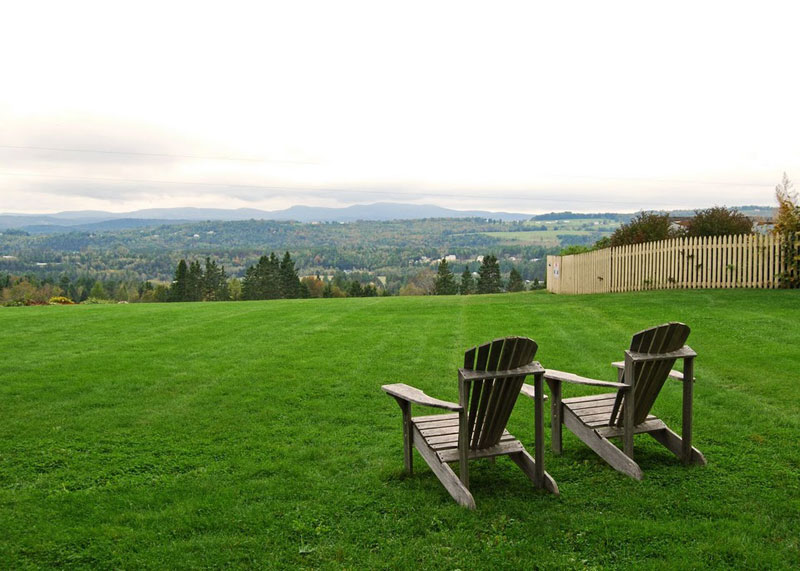
A glimpse of the acres of green surrounding The Wildflower Inn.
Juniper’s Restaurant, owned and managed by the O’Reilly’s is all for reducing the carbon footprint and supporting the local economy.
“On our menu, you will find all natural grass-fed beef some from right here at Meadow View Farm, Vermont-made wines and Vermont-brewed beers. Each week we promote a particular ingredient from a local farm and our chef uses the ingredient in his main dishes, appetizers, soups and salads. The featured farm is also posted on the Juniper’s Restaurant blog, which by now has a comprehensive list of our partner farms,” Jim explains.
I tried the Sugar House Salad at Juniper’s on the very first night. A plate of mixed greens, tomatoes, cukes, red onion, maple glazed grilled chicken with maple-mustard dressing and sugared pecans arrived. The hint of mustard in the dressing added the right amount of zing to the dish. Fresh, crunchy and sugary but not overpoweringly sweet, the salad was a deserving house specialty.
Ranked New England’s ‘Best Family Resort’ by Yankee Magazine, the Wildflower Inn combines spacious suites with excellent dining and spectacular views.
Hiking Mount Pisgah
Being Vermont’s largest and least populated region, the Kingdom is ideal for a quiet getaway amidst natural surroundings. With features similar to that of a Norwegian Fjord, the blue-green waters of Lake Willoughby deftly makes their way around the steep slopes of Mount Hor and Mount Pisgah.
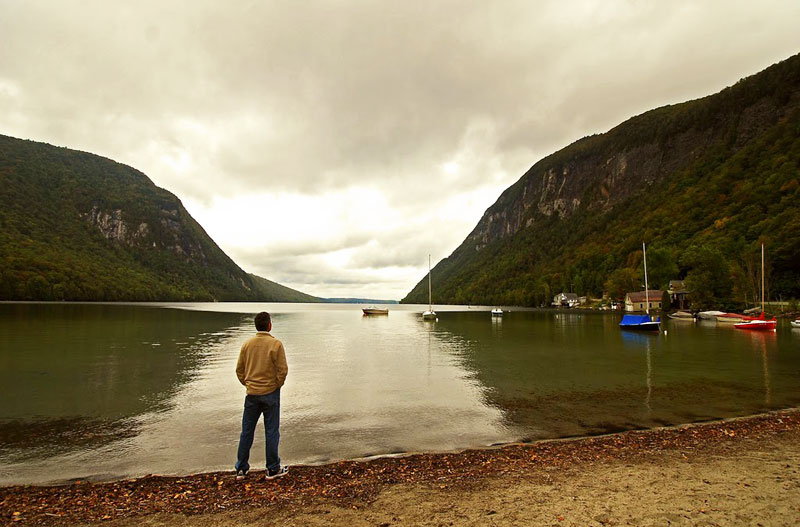
A glacial lake, known to be Vermont’s deepest, it’s a fisherman’s delight with its variety of trout. From the lake’s edge I could see the bed studded with pebbles; now and then a lone boat would pass by, creating a ripple on the water’s surface. Fishing, canoeing, kayaking, swimming – all good options but given the promise of sweeping vistas, hiking won hands down.
With more than 300,000 acres of public and conservation lands, the Northeast Kingdom offers endless options for hiking. Mount Pisgah was our mountain of choice so we drove up to the south trailhead which lay around 5.7 miles north of the junction of Routes 5 and 5A.
If you are headed north on Rt. 5A, the trailhead is on the right and there is parking on both sides of the road. The hike kicks off on an easy note but not for long. Soon enough, the trail begins to rise steeply.
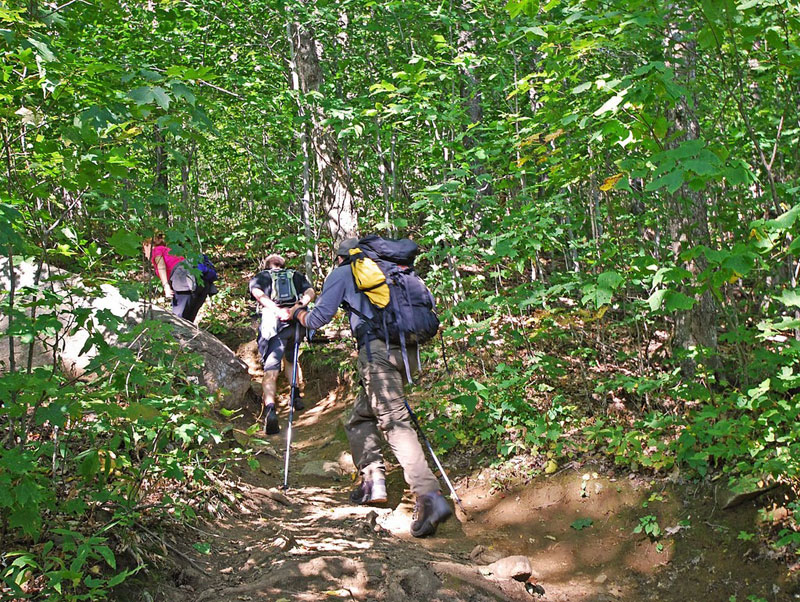
Pulpit Rock to the left of the trail was our very first lookout. Mount Hor dominated the landscape and standing gingerly on the ledge, I peered down. About 500 feet below lay Lake Willoughby, gleaming alluringly in the afternoon sun.
A slip of footing here would mean plunging into the lake and certain death. The south trail was thickly wooded and had boulders of all shapes and sizes but I was particularly grateful for the trees and rocks that lined the lake-side of the trail.
I could see the water glistening in between the leaves but it never got too close for comfort. It is advisable to stick to the trail at all times. Not only will that avoid accidents, it will also spare the rare alpine vegetation from getting trampled.
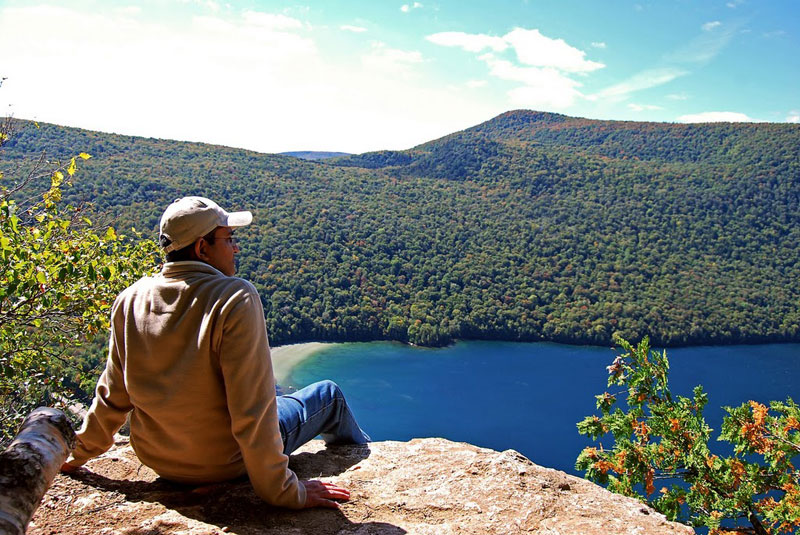
After trudging uphill for what seemed like an eternity we came to an open rock slab, which led to the summit. But, as suggested by a fellow hiker, instead of hiking straight to the summit we veered to the left and followed a narrow offshoot trail which led to an overlook.
The expansive view from the outcrop was worth the extra effort. Shortly after, we retraced our steps back to the car. From an elevation of about 2751 feet to level land, the descent was easier and of course, faster.
Bar Pie, Beer and Bikes
At first I wasn’t sure we had come to the right place for dinner. We were famished from the hike, the queue was a mile long and a steady stream of people marched out with growlers (64-oz beer containers).
“Very environment-friendly if you reuse the growlers,” I told my husband as we waited in line. Trout River Brewing Co. in Lyndonville is a local microbrewery with fish-shaped tap handles made by Scott Crocker, a local wood sculptor. The pub serves hand-tossed sourdough pizzas on Fridays and Saturdays. A handwritten menu on a chalkboard announced some very rare combinations of pizza toppings.

Finally we were seated and Rrahke (pronounced like Rocky) rattled off the names and specialties of the brews and pies on offer. Some of the beers on the menu like Rainbow Red Ale, Scottish Ale (traditional style) and Hoppin’ Mad Trout (pale ale, fragrant and light) are available across stores and taps in Northern Vermont.
“The India Pale Ale is made from fresh local hops and the Chocolate Oatmeal is just what the name suggests,” added Rrahke. She also warned us against the alcohol content in the Boneyard Barleywine (a whopping 8%) as she set down our tray of beer samples and a large pizza.
An adjacent table was occupied by a couple chatting animatedly with a long-haired guy who stood nearby clutching a giant mug of beer. The topic was mountain biking, one of the hottest activities in the Kingdom. Soon we joined in with our tales of the day’s hike.
The couple was from Boston and the guy was Jesse Blondin, an assistant brewer at the pub. All three of them were avid bikers and in the discussion that followed, mountain biking started sounding infinitely cooler, with phrases like eat my dirt and trails named Tap N Die.
Jesse claims, “Kingdom Trails is Vermont’s best-kept secret.” I remind him that the trail has been voted as the ‘Best Trail Network in North America’ by Bike Magazine. Undeterred he continues, “One recent addition is a downhill freestyle trail called Knight Slayer. I can’t wait to try it.”
Maybe he is right. Not many people mention the thrills of mountain biking when talking about Vermont. It is always the pristine countryside that steals the limelight.
Located in East Burke, the varied and well-maintained non-motorized Kingdom Trails span over a hundred miles. Somewhat reminiscent of a rollercoaster ride, the paths range from wide and easy to dense and difficult.
Be prepared to be shaken, jounced and hurled to the ground on some of the challenging trails (full-face helmet and full body armor are recommended). Even hard-core bikers take a tumble now and then. Bruises and scratches come with the territory.

Thankfully for beginners like me, they have old farm roads. Come November, a snowy blanket will wrap around the rolling ridges of the Kingdom, making the trails ideal for nordic skiing.
It was getting late and the pub had run out of pizzas. Driving through the deserted Vermont roads on our way back to the inn, I had a feeling that we would someday return to the Northeast Kingdom for another trip, one that would include kicking up some serious dirt.
Further information
Wildflower Inn
- The Elm City: New and Improved New Haven - August 8, 2013
- Portsmouth: Gateway to NH is Always Worth a Stop - August 13, 2012
- Assateague Island and Ocean City: Summer Fun with Wild Ponies - August 13, 2012





